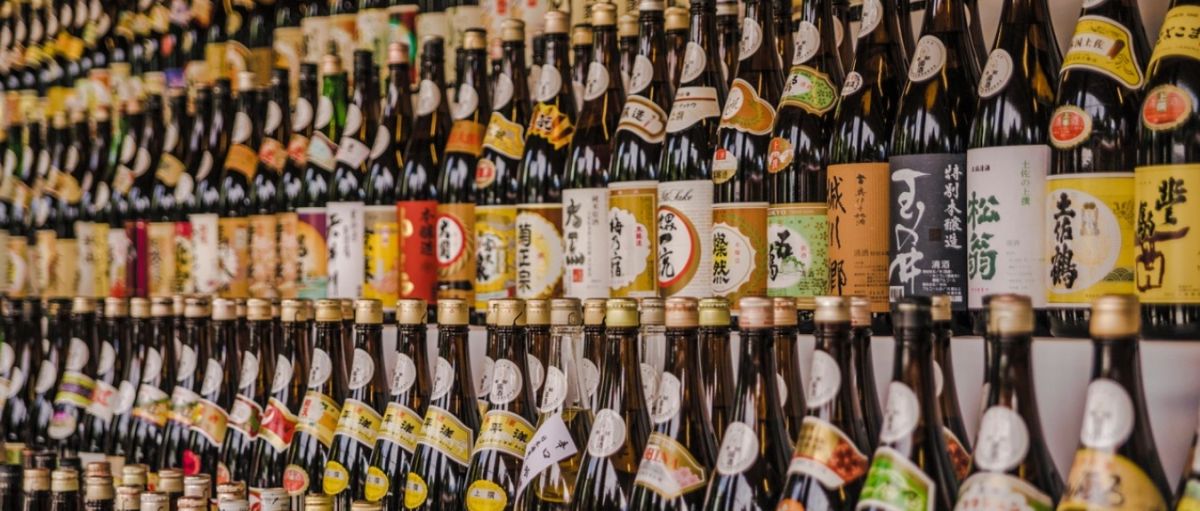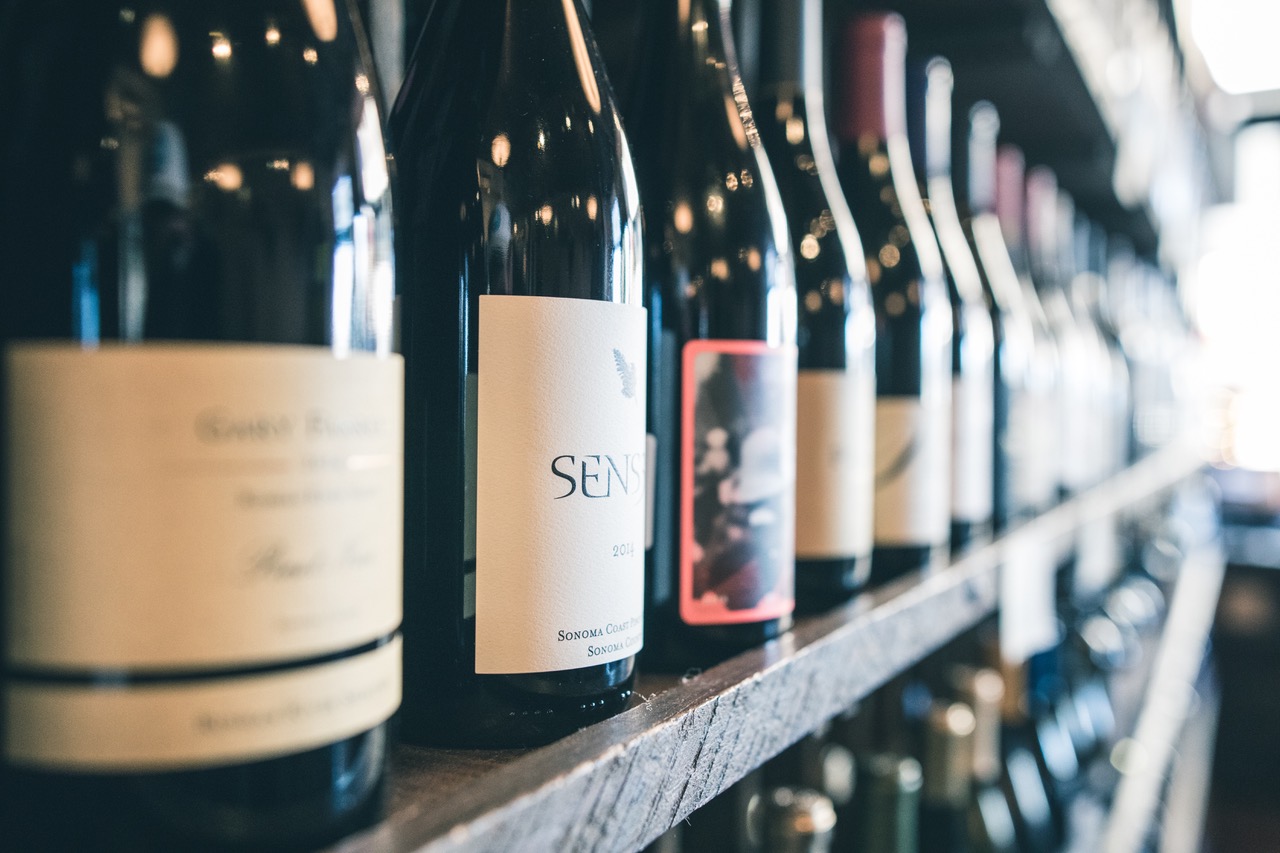Warehouse
Open from Jan 1st - July 10th 2026
Judging
Date
July 27, 2026
Winners
Announced
August 12, 2026

Whether in-store or online, it’s about displaying product to create shopper attention and optimise the sales opportunities and its close cooperation between wine supplier and retailer that drives success. To effectively market and sell, retailers and suppliers need to do more than lining the 10 green bottles up and standing them on the shelf.
As a retailer, it pays to run your business on the basis that, as each and every customer walks through the door of your establishment, they’re immediately thinking about whether your shop environment is clean and friendly; and whether your staff are trustworthy and likely to treat them well; and whether they’ll find what they’re looking for, and do so quickly and easily; as well as whether everything will be clearly (and attractively) priced. Getting this right all helps contribute to the sense of whether the retail outlet is the kind of place in which customers are happy to spend their money.
Part science and part art, merchandising is all about providing the best in-store experience, creating an enjoyable customer journey that ends up in a sale: and, at its simplest, merchandising is any practice that stimulates customer interest and contributes to the making of that sale.
Whilst merchandising is used primarily by bricks-and-mortar retail stores, it also applies to online marketing, as we shall see.
Whilst retailers may carry the same products, and whilst it’s clearly important to get the stock right, merchandising strategies are one of the means that help distinguish one retailer from another. It’s all about how branding, packaging, and visual displays can have a direct impact on visitor numbers and sales rates.
Retailers will use various means to merchandise in store: variety to increase consumer options to build interest, rotating inventory to keep the stock looking fresh, and more.
Wine suppliers can also do their bit to support the retailer to help drive sales, starting with forging a good relationship with these same retailers and putting in the effort needed to get the product on the shelf and properly displayed, especially if positioned alongside other (bigger) brands.

Working with the retailer, suppliers can help in supporting a good merchandise programme to help get products sold and to optimise those in-store areas which work to get customers to stop and look at products by designing displays, packaging and promotions that create attention.
Catching attention starts in the store window with the supplier’s rep or merchandiser (they can be one and the same person) looking to judge whether their brand has a greater or lesser presence than any from a competitor. Support here can be something as simple as a window banner. Then, there’s the so-called ‘first impact’ area, which is what the consumer sees from the door; then, if the retailer is buying white wine, whether the fridge is being stocked to fully reflect the supplier’s products; followed by the till area, to ensure that any queue wait time is being optimised with impulse buys being catered for with promotional material visible and product to hand; at the till itself, there’s the opportunity to provide placemats and countersigns.
The wine supplier can work with outlets to showcase new arrivals. If done in the window or at the very front of the store, this can work to lure shoppers in. Supplier-supported promotions, such as limited time deals, seasonal offers – perhaps on white and rosé wines in the summer, or sparkling wine deals around national holidays – also work to drive sales.
One of the keys with in-store merchandising is to consider how much time people are likely to spend in each area and target the message accordingly: at the front with bold, simple, visual messages with simply stated offers. At the point of sale, however, it’s possible to provide more elaborate promotions and the counter area is a good place to advertise a loyalty programme: successful merchandising is also about training staff to mention any such programme during the checkout process to increase the sign-up rate.
Successful merchandising is not only to make products easy to find but also easy to reach. The real key, however, is to clearly position and mark prices. If the merchandising objective is to create a ‘stop point’ by the supplier’s products in a given location, this can never really be optimised without the price is clearly marked and visible to the consumer.
The more the supplier can work with the retailer to capture shopper attention, and the greater the focus on particular merchandise, not to say the best deals, the quicker stock turns into sales.
There should be nothing to stop a good merchandising programme from working with complementary products: for wines, this means food matching, working with food companies, perhaps in a grouped display. Neither should the merchandising programme be limited to the store itself: there’s nothing to stop a wine supplier and retailer working with a local food store or restaurant, each providing links to the other to mutual advantage.
Just as in-store, online can be used to incentivise customers to buy.
In essence, a retailer’s website is – or should be – a virtual shop and, as such, easy to find, easy to enter, and easy to ‘walk through’ to see the product range and product prices. On-line will also benefit from being properly ‘merchandised’, with all current promotions on the show. As such, suppliers should be prepared to contribute to the costs of maintaining their brand presence on retailer sites.
On-line can, of course, also be a shop in its own right if it supports e-commerce, but whether used to build actual bricks & mortar footfall or as a stand-alone commercial operation, it’s certainly in the supplier’s interests to work with retailers to drive sales through digital marketing.
This can include contributing to the cost of a retailer’s social media advertising programme and/or a mutually beneficial support plan where the supplier uses their own programme to support retailers to engage with consumers in what is, in wine supplier product terms, essentially the same target audience. For supplier and retailer alike, it’s about becoming part of the conversation online: put simply, it’s about creating engaging, useful and proactive content about the added value a particular brand provides, linked to its retail availability.
Like in a bricks & mortar sales environment, incentives run on the website can be used to close a deal on the site or to get customers to the store. The web is also an excellent way to ‘merchandise’ in-store events through its considerable target market reach and 24/7 access, and, done correctly, to help promote the event by creating a buzz on social media: the goal is to get people to share their experience on social media and leave a positive review and/or tell their friends.
Whether online or in-store, the most effective merchandising comes from close cooperation between wine supplier and retailer.
 The article is contributed by Alistair Morrell, Wine Inspector, wine industry consultant, journalist and, commentator. Over 30 years as a wine business professional, Alistair shares his global knowledge, network, and experience of growers, importers, distributors and buyers.
The article is contributed by Alistair Morrell, Wine Inspector, wine industry consultant, journalist and, commentator. Over 30 years as a wine business professional, Alistair shares his global knowledge, network, and experience of growers, importers, distributors and buyers.
Grow your wines in the off-premise channels of the USA. The Early Bird submission deadline is February 20, 2026, and the domestic submission deadline is June 30, 2026. Here is how to enter.